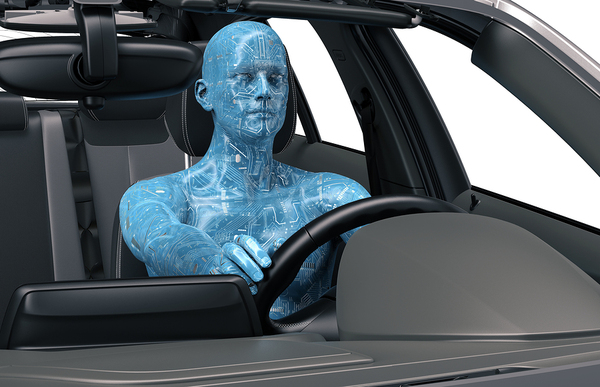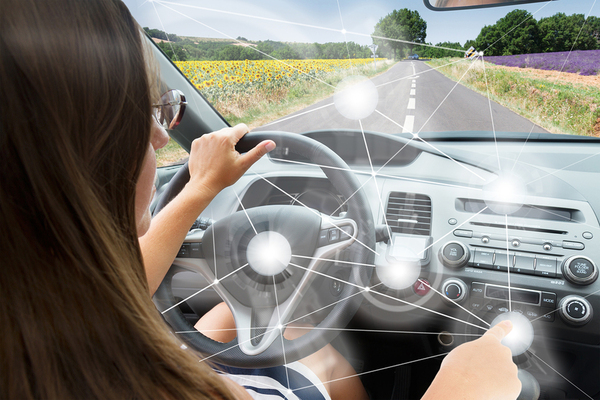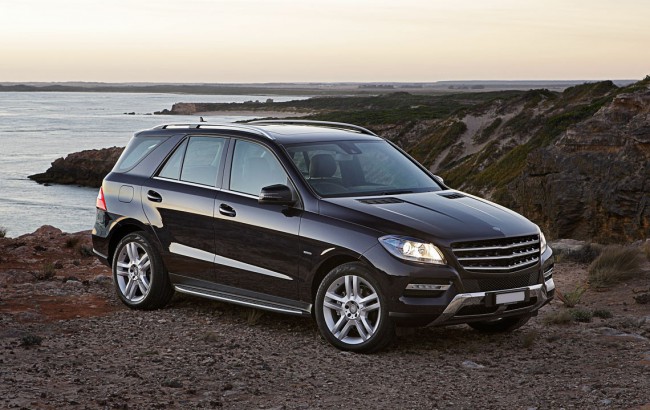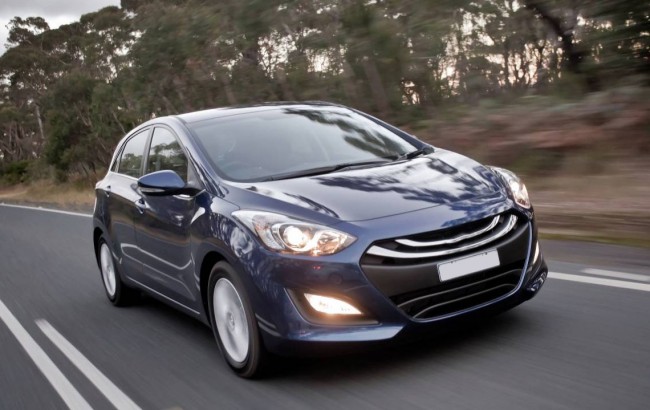A Glimpse into the Future of Autonomous Cars
A Glimpse into the Future of Autonomous Cars

Can a car drive itself? We’ll soon find out.
What’s the future of autonomous cars? Also called self-driving cars or robotic cars, more and more you’re hearing about how these cars will simply need us to climb in and they’ll take the driving from there. So what’s on the horizon for the car that takes itself out for a spin, and what should you expect?
Probably not. In fact, despite the hype, several major tech companies have gotten out of the self-driving car game, at least in the sense of building it themselves. Google has shut down its splashy self-driving car concept and is letting others develop the technology in partnership with the company, and Apple has largely let go of the idea of building a car with its Project Titan, preferring to write the software instead.
Part of this is that technology is grappling with tricky questions. Say, for example, a self-driving car gets in an accident. Who is at fault? The owner? The software programmers? The other driver? The car manufacturer? Lawyers may spend years figuring out the answers to these questions, and until they do, self-driving cars will likely largely be limited to industrial purposes and private roads. Instead, you should expect cars to gradually become smarter and better able to handle themselves in certain situations.
Safety First
First of all, some new cars already drive themselves, in a way. Features like “intelligent” cruise control, automatic braking, self-parking systems, blind-spot monitoring, and lane detection are all descended, in some way, from research into self-driving cars. You still do most of the driving, of course, but when a bad situation is about to strike, that’s when the car takes over. Expect to see these features get better and more of these to be offered on more cars, even the smallest and cheapest cars, as standard safety features. In fact, expect this to be the norm in personal passenger cars for a good long while; taxis, buses, and limos might become fully autonomous fairly quickly, but cars we buy for ourselves have some real barriers to overcome before they’re fully robotic.

Cars are becoming more and more robotic.
Smarter Roads
Another unexpected aspect of self-driving cars is smarter roads. Vehicle-to-vehicle, or V2V, systems are going to be standard on American roads over the next few years, allowing your car to receive a constant stream of data and information about traffic, road conditions, and other issues. Even without the advanced safety systems mentioned above, V2V systems were shown to reduce traffic fatalities and other road problems in a pilot program conducted in Ann Arbor. With these advanced safety features, they can interact with the data and, say, safely brake your car as you come up on the scene of an accident, and do the same with everyone else, so you’re not rear-ended.
Future Cars
As the technology develops, and both smart roads and smart cars become more commonplace, it’s likely cars will more and more drive themselves. Expect them to start by handling “stop-start” city traffic, where the cars can network with each other and ease traffic problems. But, a decade or two from now, don’t be surprised if all you have to do is climb into a car and tell it where to go. For the cutting edge in cars, shop for cars at Cars Found Me.


